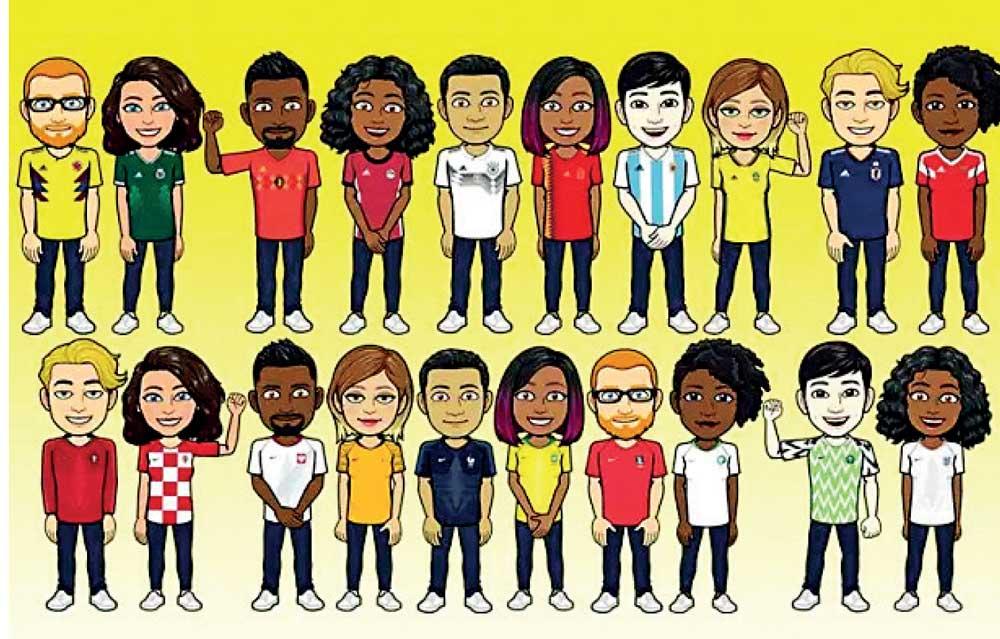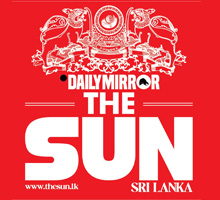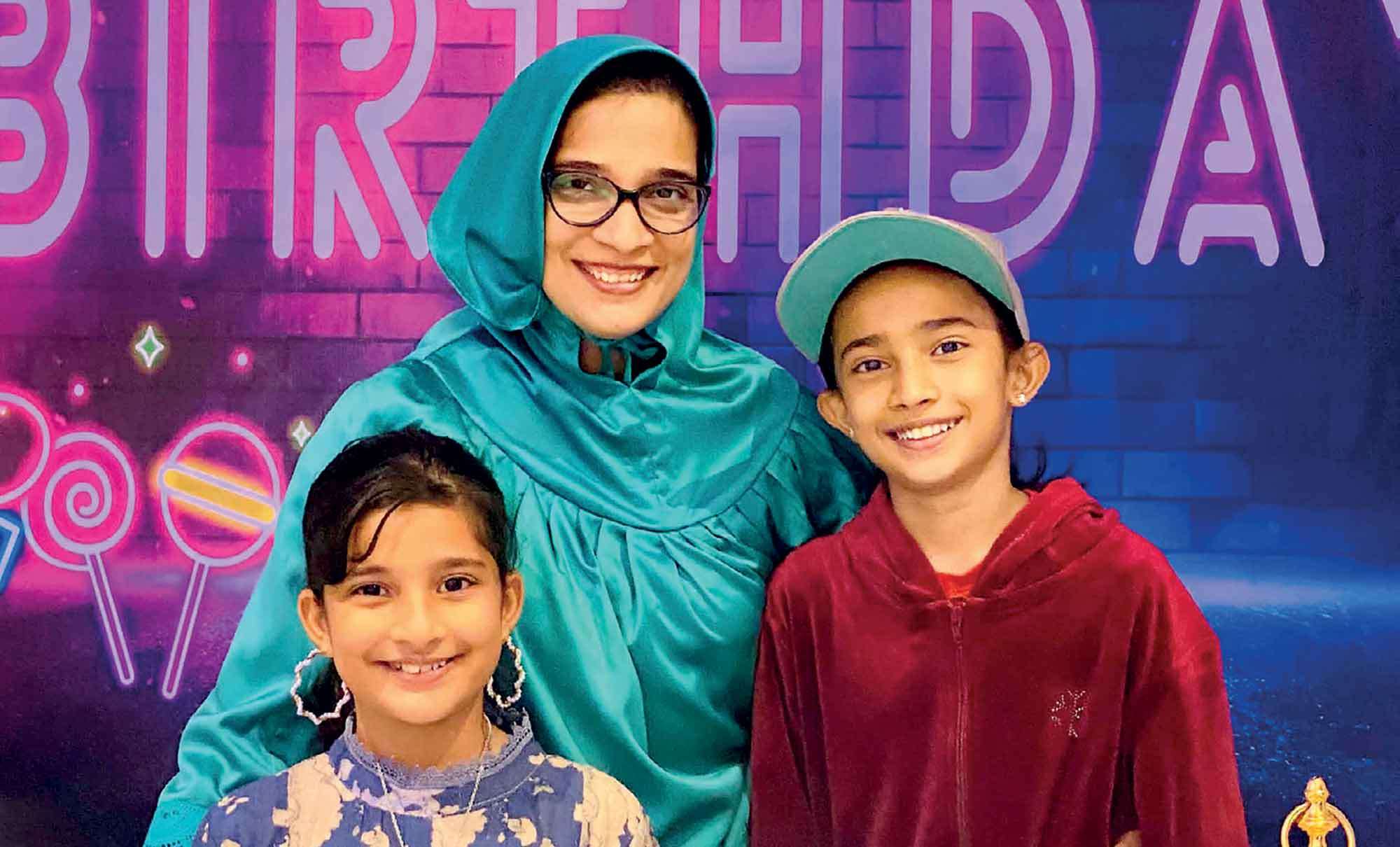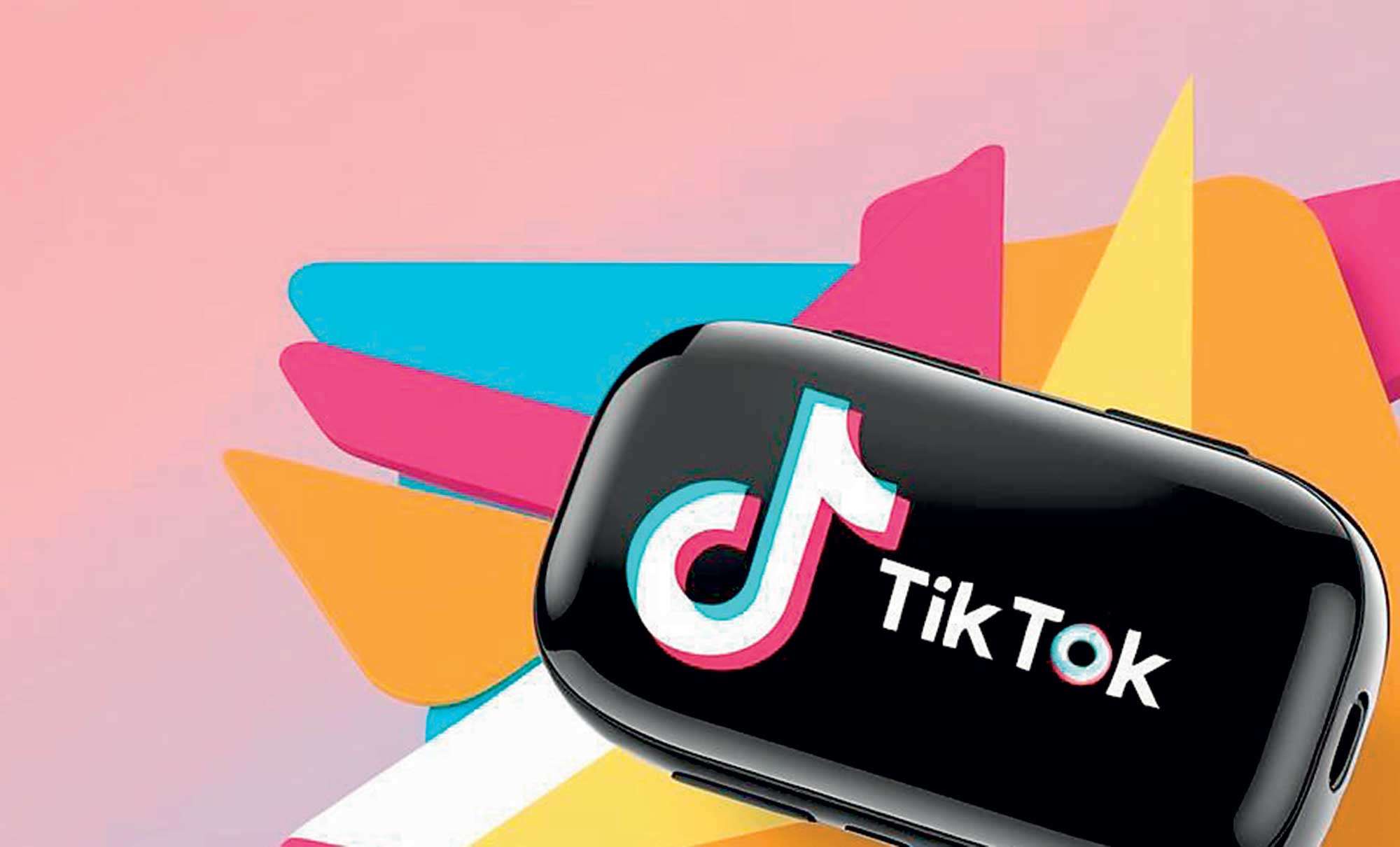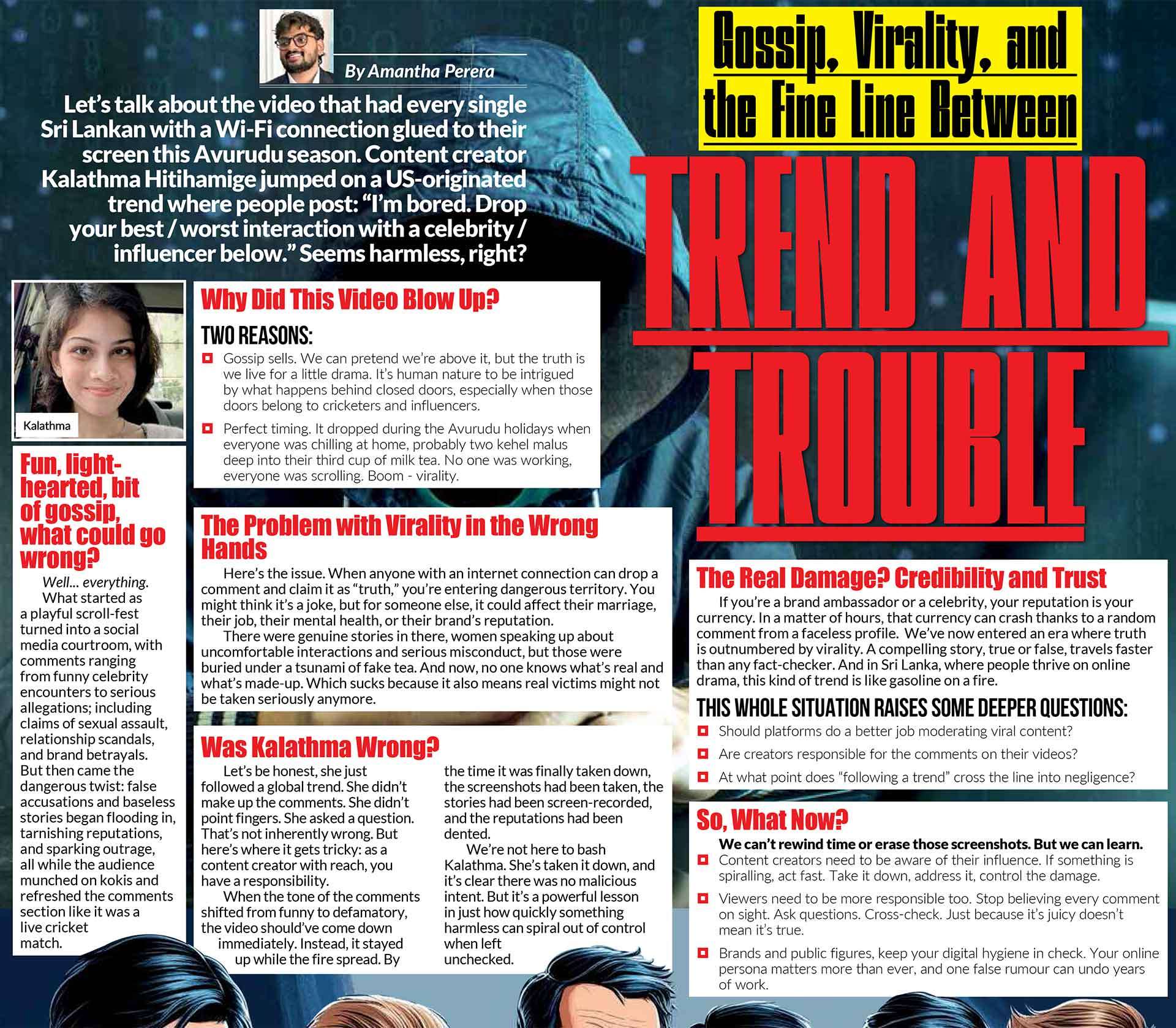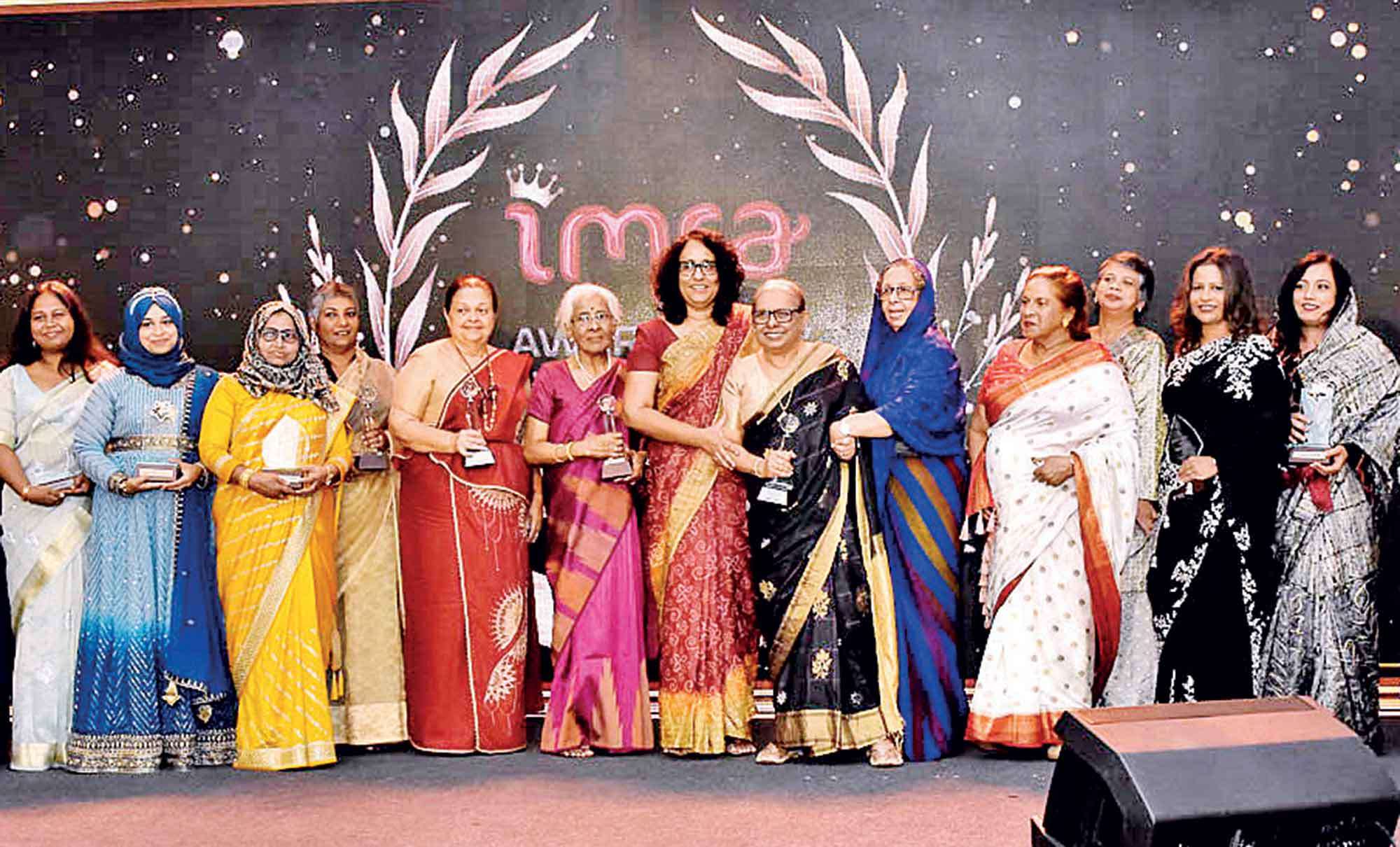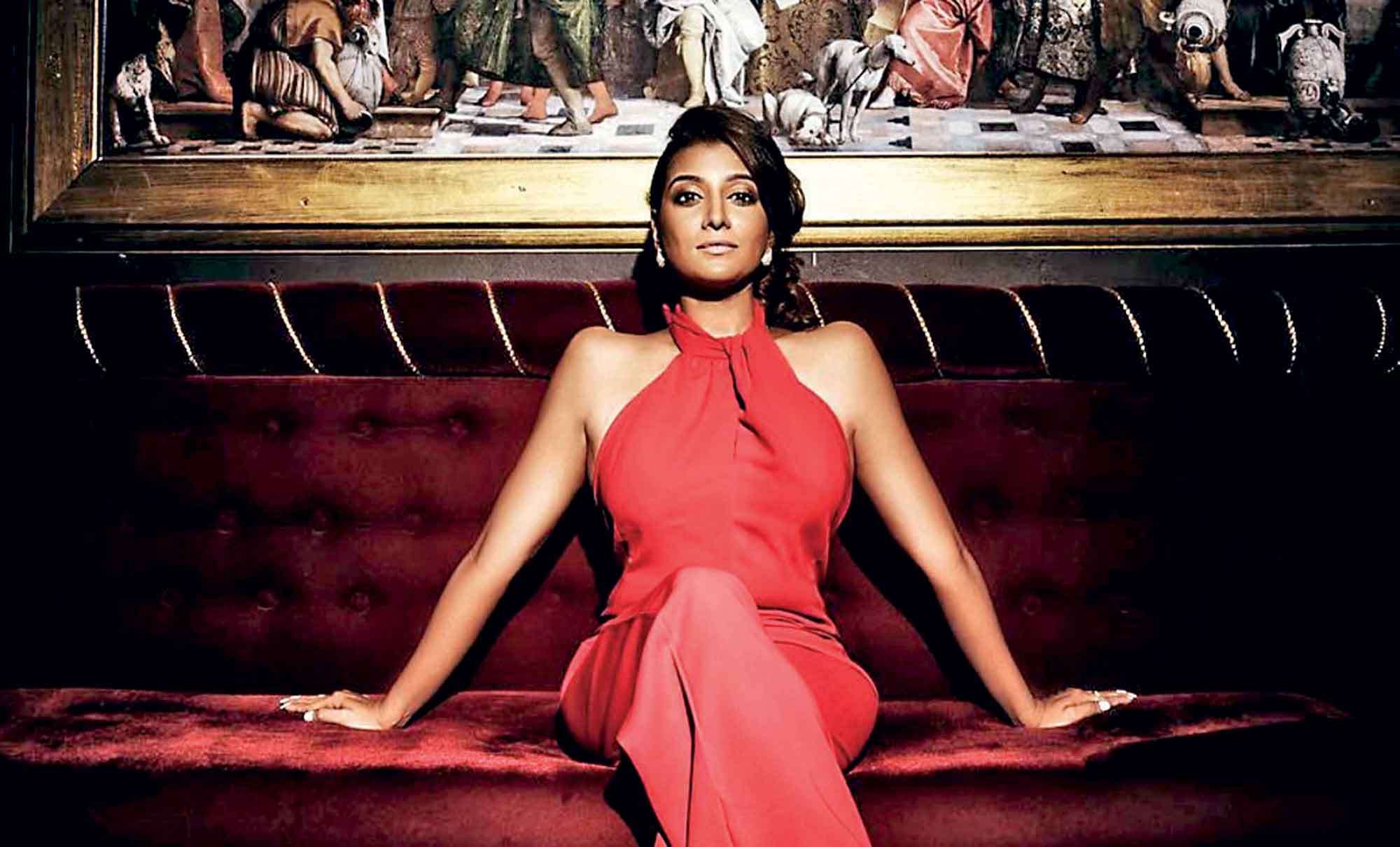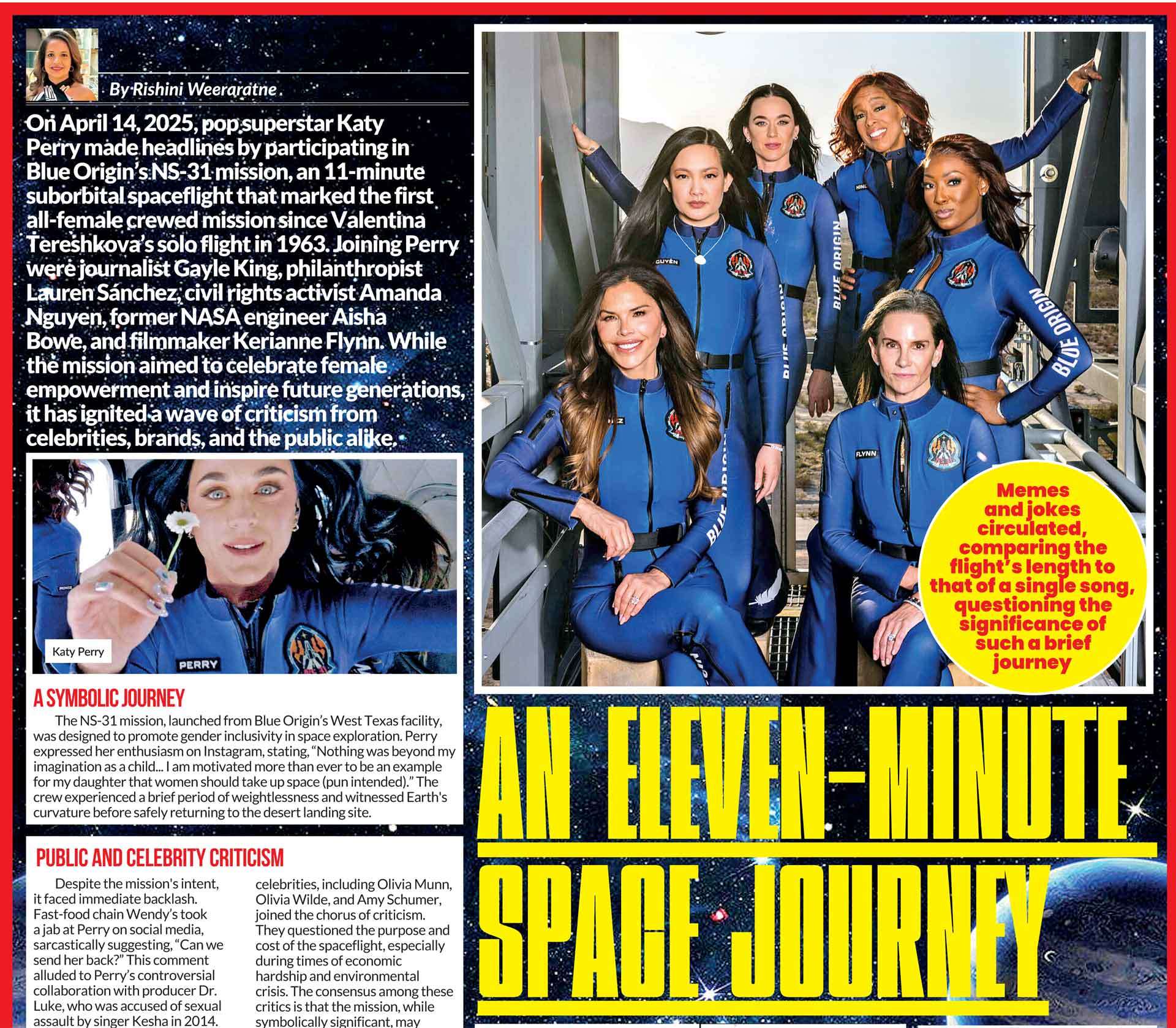

By: Jayantharaj Raksha Prasanya
Snapchat is one of the most widely used social media platforms today, yet many users remain unaware of the unique origins of its ghost logo. Officially named Ghostface Chillah, this emblem is more than just a playful symbol - it has deep cultural significance, reflecting an intersection of technology, branding, and hip-hop culture. The story behind Snapchat’s logo highlights the evolution of digital branding and the influence of music on technology.
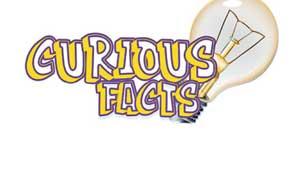 When Snapchat launched in 2011, its founders, Evan Spiegel, Reggie Brown, and Bobby Murphy, originally called it Picaboo, a reference to its disappearing messages. This temporary nature set Snapchat apart, and to reflect this, the founders designed a ghost as its logo. The ghost represented the fleeting nature of snaps, aligning with the app’s mission of raw, unfiltered communication, contrasting with the curated content of other platforms.
When Snapchat launched in 2011, its founders, Evan Spiegel, Reggie Brown, and Bobby Murphy, originally called it Picaboo, a reference to its disappearing messages. This temporary nature set Snapchat apart, and to reflect this, the founders designed a ghost as its logo. The ghost represented the fleeting nature of snaps, aligning with the app’s mission of raw, unfiltered communication, contrasting with the curated content of other platforms.
However, what makes the logo even more intriguing is its name: Ghostface Chillah. This name was inspired by Ghostface Killah, a rapper from the legendary hip-hop group Wu-Tang Clan. The connection subtly embeds a cultural reference within Snapchat’s identity, reflecting hip-hop’s growing influence on digital trends and youth culture.
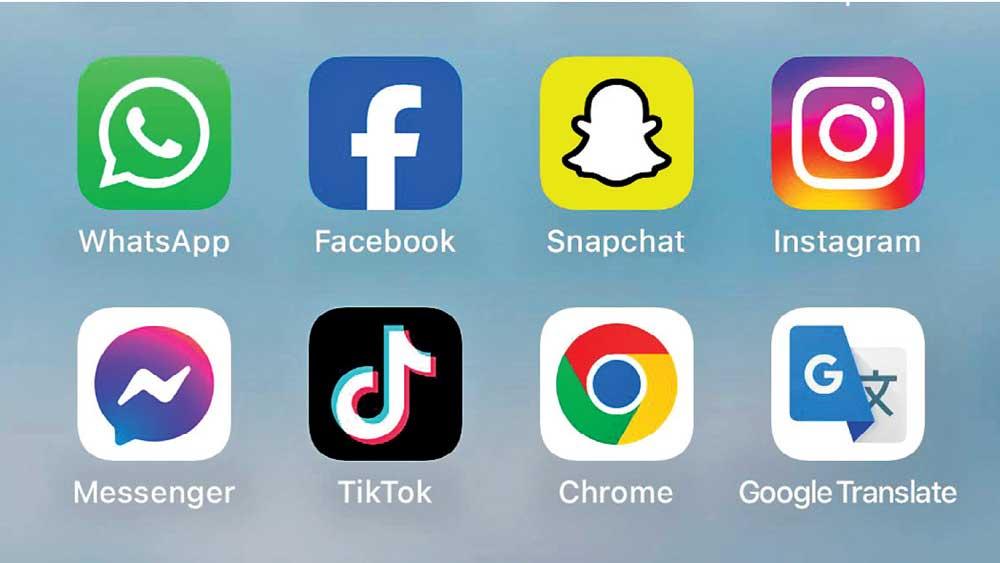
Ghostface Killah, born Dennis Coles, is known for his distinctive voice, intricate lyricism, and storytelling. As a core member of the Wu-Tang Clan, he helped shape 1990s East Coast hip-hop. The Wu-Tang Clan was more than just a rap group, it was a movement, blending martial arts philosophy, street narratives, and powerful beats, leaving a lasting mark on music, fashion, and media.
Formed in 1992, the Wu-Tang Clan gained recognition for their raw and unfiltered hip-hop style. Ghostface Killah, in particular, stood out with his energetic delivery and cinematic lyricism. His 1996 debut solo album, Ironman, solidified his place as one of hip-hop’s most creative storytellers. His larger-than-life persona mirrored Wu-Tang’s ethos, making him a fitting inspiration for Snapchat’s founders.
The decision to name the ghost logo Ghostface Chillah was likely a playful tribute to the rapper. Hip-hop’s influence on youth culture, fashion, and language made it a fitting reference for a disruptive social media app. The name Ghostface Killah carries an air of mystery and confidence, aligning well with Snapchat’s brand. The ghost icon itself represents anonymity, playfulness, and the ephemeral nature of messages. Adding ‘Chillah’ makes the name sound more relaxed and fun, matching Snapchat’s casual user experience.
Over the years, Snapchat’s ghost logo has undergone minor design changes. Initially, it had a more detailed outline with a mischievous expression. Later updates simplified it, removing the black outline for a cleaner, modern look adaptable to various devices. This evolution reflects digital branding trends favouring simplicity for better recognition and engagement.
Despite these updates, the essence of Ghostface Chillah remains. The ghost continues to symbolize Snapchat’s unique approach to communication; instant, fleeting, and fun. Although Snapchat no longer actively uses the name in branding, the story remains an interesting part of its history. Beyond the logo, hip-hop has played a major role in shaping digital trends, and Snapchat has been a key player in this evolution.
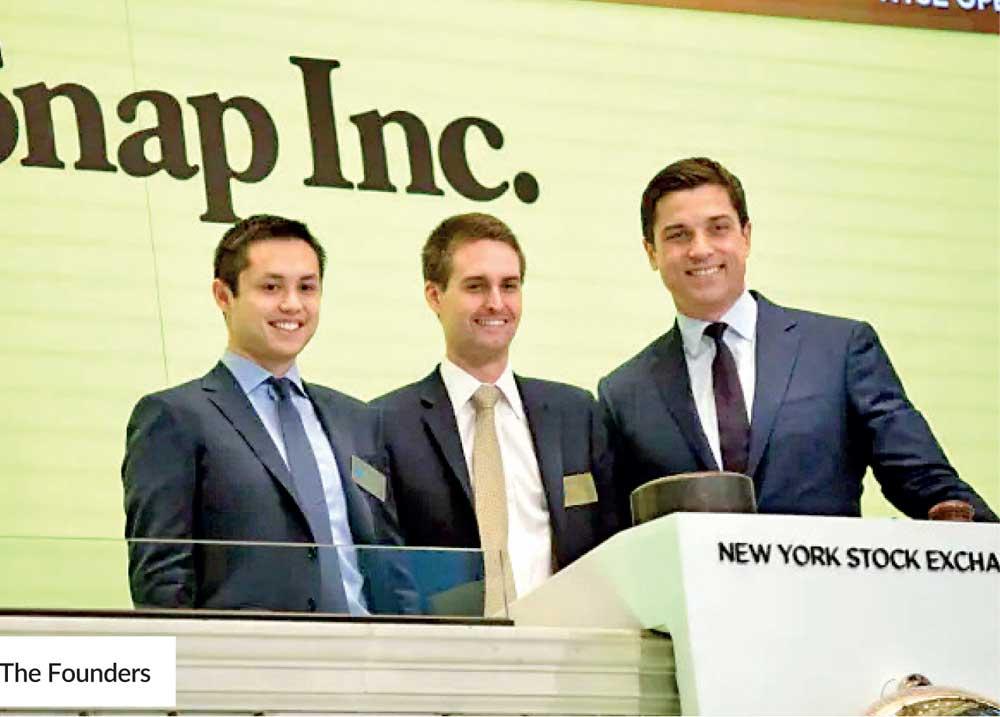
Snapchat introduced a new style of social interaction that mirrors hip-hop’s improvisational nature. Just as hip-hop embraces freestyling and raw expression, Snapchat encourages users to share unfiltered moments in real time. This contrasted with other platforms where posts were highly curated. The emphasis on authenticity and immediacy resonated with a generation valuing real-time, unedited content.
Many hip-hop artists quickly adopted Snapchat to connect with fans. DJ Khaled, Travis Scott, and Cardi B used it to share behind-the-scenes moments and build their brands. DJ Khaled, in particular, became a Snapchat sensation, popularizing phrases like ‘Major Key,’ and using the platform for motivational messages. His success demonstrated Snapchat’s branding and engagement potential.
Snapchat’s augmented reality (AR) features, such as lenses and filters, have also influenced hip-hop culture. The platform has collaborated with artists to create special filters, promote music, and develop interactive experiences merging visuals with sound. The integration of AR and music has opened new avenues for creative expression and fan engagement, reinforcing Snapchat’s role in digital entertainment.
Interestingly, Wu-Tang Clan, despite emerging in the early ‘90s, continues to influence digital culture. Their impact extends beyond music into fashion, films, gaming, and even NFTs. Their ability to evolve and stay relevant highlights their lasting cultural significance.
Beyond its hip-hop connection, Snapchat has continuously adapted to remain relevant in social media. Features like Stories, Bitmojis, Snap Maps, and AR Lenses have kept it popular among younger audiences. These innovations align with Snapchat’s original playful, ephemeral communication ethos while ensuring the platform remains fresh and engaging.
The story behind Snapchat’s ghost logo is more than just a branding decision; it’s a testament to the connections between music, technology, and culture. Ghostface Chillah serves as a reminder of how these worlds intersect in unexpected ways. The next time you open Snapchat, remember you’re not just sending a snap, you’re engaging with a piece of hip-hop history. Whether intentional or not, Snapchat’s founders embedded a cultural reference that bridges digital communication and artistic influence, further cementing the app’s place in pop culture history.
